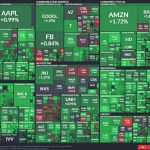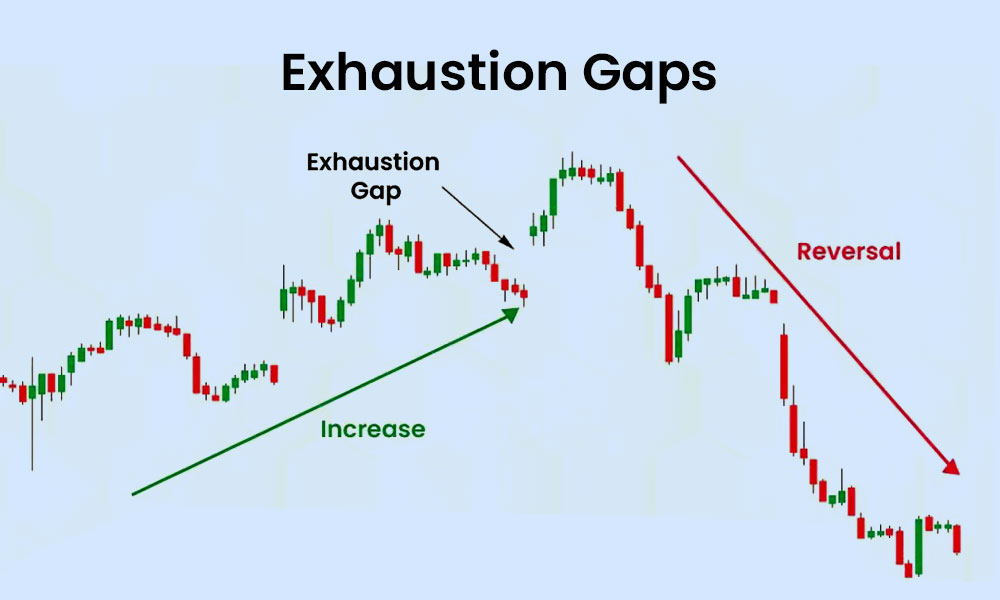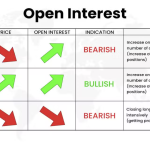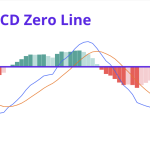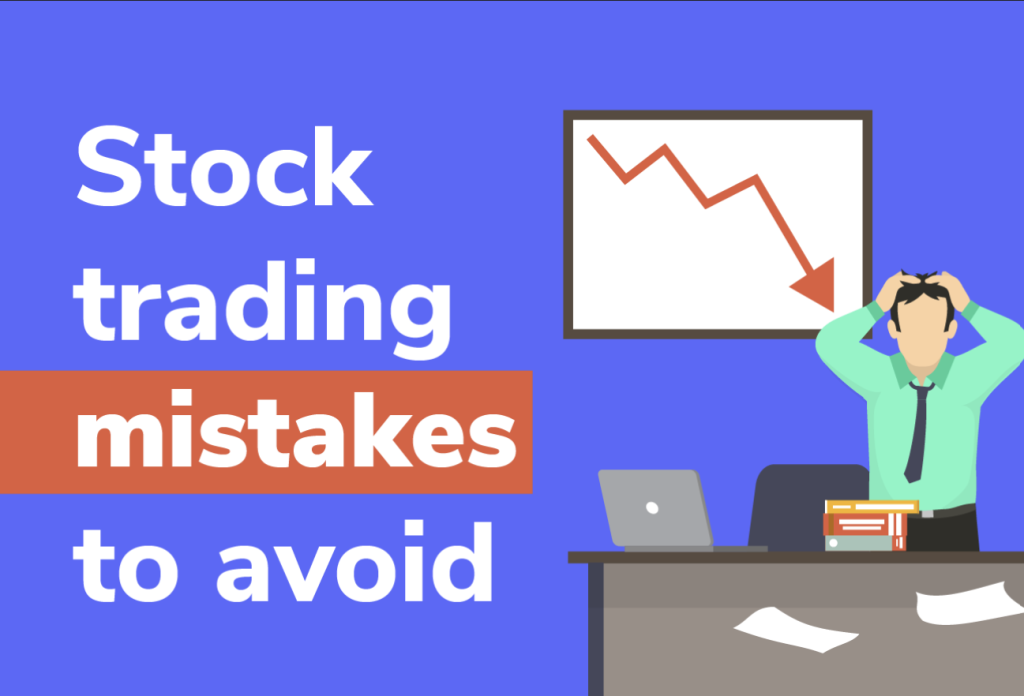
By ATGL
Updated November 24, 2025
Success in stock trading requires more than market knowledge—it demands discipline, preparation, and awareness of the pitfalls that derail even experienced traders. Common investing mistakes in stock trading often stem from emotional decision-making, inadequate risk controls, and insufficient research. These errors compound over time, eroding capital and undermining confidence.
This article examines the most prevalent stock trading mistakes and provides actionable strategies to avoid them. By recognizing these patterns and implementing systematic approaches, traders can protect their portfolios and establish a foundation for consistent performance.
What Causes Most Trading Mistakes?
The root causes of trading errors typically fall into three categories: emotional responses, lack of preparation, and susceptibility to market hype. Emotional decision-making manifests when fear or greed overrides rational analysis, leading to impulsive trades that contradict established strategies. Inadequate preparation leaves traders vulnerable to market movements they don’t fully understand, while chasing stock market trends or following crowd sentiment without independent analysis often results in buying at peaks and selling during troughs.
These underlying issues create a cycle of reactive trading rather than proactive strategy execution. Understanding these core drivers helps traders identify their own vulnerabilities and develop countermeasures before costly mistakes occur.
Emotional Trading Pitfalls
Emotional responses represent one of the most destructive forces in trading. Fear triggers panic selling during market corrections, causing traders to exit positions at significant losses just before potential recoveries. Conversely, greed leads to holding winning positions too long, watching profits evaporate when markets reverse.
Overconfidence following a series of successful trades often results in abandoning proven strategies or taking disproportionate risks. Revenge trading—attempting to quickly recover losses through aggressive positions—compounds initial mistakes by adding emotional pressure to already compromised decision-making.
Consider a trader who panics during a routine 5% market pullback and sells their entire portfolio, only to watch prices recover within days. Similarly, doubling position sizes after a loss to “make it back faster” typically accelerates capital depletion rather than recovery. Recognizing these emotional signals requires honest self-assessment. Ask whether trade decisions align with predetermined criteria or represent reactions to recent outcomes. Implementing rules-based trading systems helps remove emotional interference from the execution process.
Risk Management Mistakes That Hurt Performance
Proper risk management separates sustainable traders from those who eventually deplete their accounts. Three critical errors dominate this category:
Not Using Stop-Losses
Failing to implement stop-loss orders transforms manageable setbacks into devastating losses. A position that declines 10% below entry can often recover, but allowing that same position to drop 40% creates a situation requiring a 67% gain just to break even. Stop-losses provide predetermined exit points that protect capital regardless of emotional state or market volatility.
Oversized Positions and Leverage Misuse
Allocating too much capital to single positions magnifies the impact of individual trade outcomes. A 20% loss on a position representing 30% of total capital inflicts a 6% portfolio decline—three times the damage of proper position sizing at 10% asset allocation. Excessive leverage amplifies these effects, turning moderate market movements into account-threatening events.
Ignoring Capital Preservation Rules
Protecting existing capital takes precedence over pursuing profits. Risking more than 1-2% of total capital on any single trade maintains portfolio stability even during extended losing streaks. Many traders violate this principle by increasing position sizes after losses or allocating disproportionate amounts to “high-conviction” trades.
Planning and Research Gaps
Trading without a tested, written plan reduces decision-making to guesswork. Successful traders follow systematic approaches that define entry criteria, exit conditions, position sizing rules, and performance metrics. Relying on tips, social media sentiment, or gut feelings substitutes speculation for strategy.
Comprehensive research involves analyzing multiple factors: reviewing relevant technical indicators, examining earnings reports and financial statements, understanding sector trends, and considering broader market conditions. A trading checklist standardizes this process, reducing the likelihood of overlooking critical information.
Maintaining a trade journal documents decisions and outcomes, creating a feedback loop for continuous improvement. Recording entry and exit rationale, emotional state, and post-trade analysis reveals patterns in both successful and unsuccessful trades. Backtesting strategies against historical data provides statistical validation before risking real capital, identifying weaknesses that might not surface during limited live trading.
Unrealistic Expectations Can Derail Progress
Anticipating rapid, consistent profits creates psychological pressure that undermines disciplined execution. New traders often expect returns that exceed professional fund managers’ performance, leading to overtrading when actual results fall short. This impatience drives frequent position changes that generate transaction costs while preventing strategies from producing results over appropriate timeframes.
Consider a trader who expects 10% monthly returns and abandons a sound strategy after two flat months, missing the subsequent profitable period. Or a trader who enters five positions in a single day chasing quick gains, violating their own rules about position limits and research requirements.
Sustainable trading requires accepting that profits accumulate through consistent application of proven methods rather than spectacular individual trades. Setting performance expectations based on realistic historical returns—acknowledging that professional traders often target 15%–25% annual returns—helps maintain psychological equilibrium during inevitable drawdowns.
Build Discipline Through Systems
Implementing structured processes transforms trading from an emotional activity into a business operation. Trade journaling creates accountability, documenting the reasoning behind each decision and enabling objective performance review. Recording entry and exit prices, position sizes, market conditions, and emotional factors builds a database for identifying improvement opportunities.
Establishing clear rules removes ambiguity from investment decisions. Define specific criteria for entering trades, such as technical indicator confirmations or fundamental thresholds. Set predetermined exit conditions for both profits and losses, eliminating the need for real-time judgment under pressure. Create position sizing formulas based on account size and risk tolerance rather than arbitrary decisions.
Tracking performance metrics beyond simple profit and loss provides deeper insight: win rate, average profit per winning trade, average loss per losing trade, and maximum drawdown all contribute to understanding strategy effectiveness. Regular review of these metrics against benchmarks highlights areas requiring adjustment.
Above the Green Line’s systematic approach to market analysis helps traders develop the disciplined mindset necessary for long-term success. By accessing proven strategies and educational resources through an Above the Green Line membership, traders can build a structured framework that minimizes common mistakes and maximizes the probability of consistent results. Professional guidance combined with rules-based systems creates a foundation for sustainable trading performance that withstands market volatility and psychological challenges.


